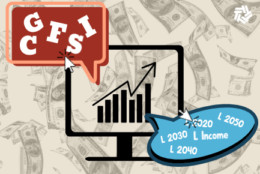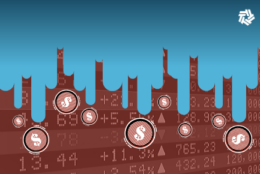Federal Report
-
Investors in the federal Thrift Savings Plan have until noon EDT today to make changes in their account allocations.
May 26, 2022 -
It's easy to talk about long-haul, no-panic investing during good times, like we’ve just experienced for an unnaturally long time. But when the going gets tough and markets decline, it is harder to stay the course and sleep at night.
May 25, 2022 -
Bills to reform the Windfall Elimination Provision and Government Pension Offsets have been reintroduced to Congress many times. Now a bill to reform the FERS "diet COLA" joins them.
May 24, 2022 -
FEHBP carriers, new and old ones, have until May 31 to submit to the Office of Personnel Management their benefit and rate proposals.
May 23, 2022 -
With the return to office impending, employees are feeling new sources of stress.
May 20, 2022 -
While it's true the G fund never has a bad day, it's been a long time since it had a really good one. Even though this year, at 3% interest, it is leading the pack.
May 19, 2022 -
If you are currently a federal worker who is considering retiring this year, is it possible to get both the pending pay raise and the COLA due retirees in January?
May 18, 2022 -
The less than good news is that workers and retirees will need every penny of the near-record raise and COLA just to keep pace with inflation.
May 17, 2022 -
DoD is still quiet on the issue of online harassment.
May 16, 2022 -
The closer return-to-office dates come, the greater the apparent preference for telework.
May 13, 2022 -
Each time there is an economic bump in the road, and this one is more like a sink hole, some people panic. Which is where the super-safe, never-has-a-bad-day G fund comes in.
May 12, 2022 -
Despite tremendous interest (and some dread) over the coming investment expansion for six million federal Thrift Savings Plan investors, fewer than 30 took the opportunity to make formal comments, suggestions or to criticize the proposed changes.
May 11, 2022 -
Decades after FERS replaced CSRS some people, in both systems, insist they got the shaft. And are very bitter about being one of the have-nots.
May 10, 2022 -
Federal employees are coming back to the office. Not all of them thrilled about it.
May 09, 2022 -
The more work becomes tele or remote, the greater the allure of virtual reality in professional settings.
May 06, 2022










